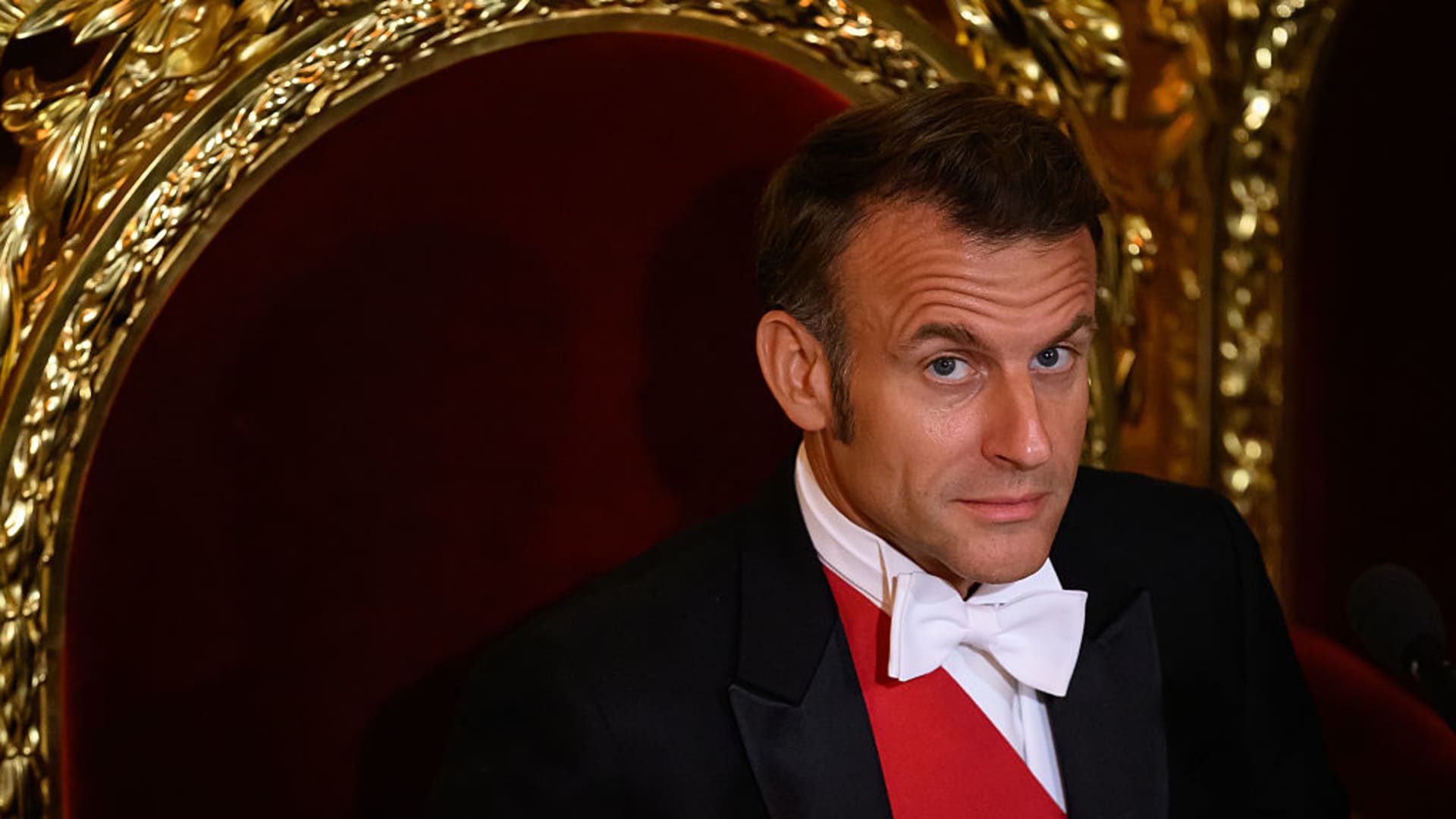ANI |
Updated: Oct 08, 2025 17:27 IST
Islamabad [

The Indian men’s football team will play back-to-back ties against Singapore in Group C of the AFC Asian Cup 2027 Qualifiers on Thursday and Tuesday.
The India vs Singapore football matches in the AFC Asian Cup Qualifiers will be available to…

President of France Emmanuel Macron prepares to deliver a speech during a state banquet at Guildhall on July 9, 2025 in London, England. President Emmanuel Macron and Mrs Brigitte Macron are in the U.K. for the first visit state visit made by…

Rabat – The Moroccan youth movement GenZ212 announced on Tuesday a temporary suspension of nationwide demonstrations until Thursday, recognizing the recalibration of efforts and strengthened coordination ahead of a critical…

Yuki Tsunoda was left crestfallen in the wake of the Singapore Grand Prix as the Japanese racer failed to score points under the lights at Marina Bay. Much of that was to do with his start, which he called “the worst” of his racing career.

A high-level consultative meeting chaired by…

Formula 1 and writer, host, producer and creator of Chicken Shop Date, Amelia Dimoldenberg, are set to launch a four-part YouTube original series called Passenger Princess, where internet sensation Amelia learns to drive with the help of the…